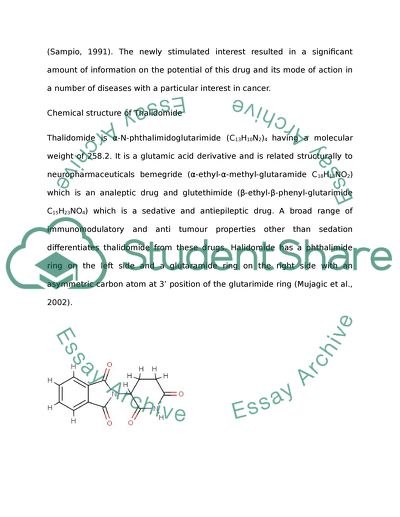Cite this document
(“Thalidomide Essay Example | Topics and Well Written Essays - 3750 words”, n.d.)
Retrieved from https://studentshare.org/health-sciences-medicine/1499494-thalidomide
Retrieved from https://studentshare.org/health-sciences-medicine/1499494-thalidomide
(Thalidomide Essay Example | Topics and Well Written Essays - 3750 Words)
https://studentshare.org/health-sciences-medicine/1499494-thalidomide.
https://studentshare.org/health-sciences-medicine/1499494-thalidomide.
“Thalidomide Essay Example | Topics and Well Written Essays - 3750 Words”, n.d. https://studentshare.org/health-sciences-medicine/1499494-thalidomide.


